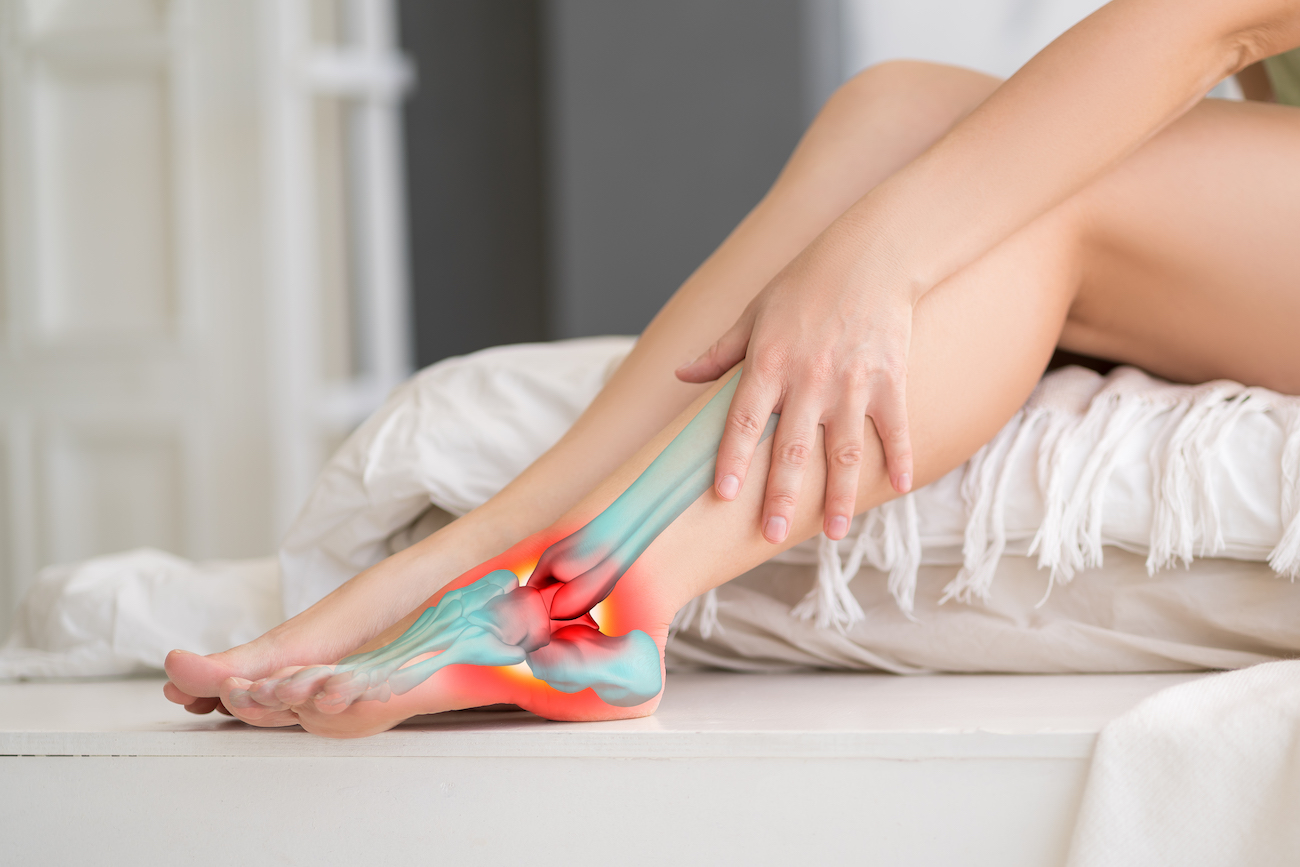What is Tendinitis?
Tendonitis (tendinitis) is the inflammation or irritation of a tendon that makes it swell. Tendons are strands of connective tissue between muscles and bones that help you move. This condition usually happens after a repetitive strain or overuse injury. It’s common in your shoulders, elbows and knees. If you have tendonitis, you’ll feel pain and soreness around your affected joint, usually near where the tendon attaches to the bone. Tendonitis can be either acute (short-term) or chronic (long-term).
Bursitis is inflammation of a bursa. This small sac acts as a cushion between moving structures (bones, muscles, tendons, or skin). If a muscle or tendon is pulling around a corner of a bone, or over a bone, a healthy bursa protects it from fraying and stress. When a bursa is inflamed, it becomes very painful, even during rest.

What Are the Signs/Symptoms?
Tendinitis pain may be sudden, severe, and worse during movement. It may occur after a sudden, intense injury, or overuse from sports like tennis or household chores. Tenderness along the tendon or its outer covering, or at one spot, are signs of tendinitis. Pain may occur when the muscle attached to the tendon is worked against resistance. Bursitis pain may be very intense during movement or at rest. Bursitis may be caused by an infection with signs like redness, warmth and swelling of the joint. Rapid worsening of pain, redness, swelling or inability to move the joint are danger signs in both tendinitis and bursitis. A doctor can diagnose tendinitis or bursitis with a physical exam and medical history. Imaging tests like x-ray, MRI or ultrasound, and blood tests are only needed if the problem recurs or does not go away.
What Are Common Treatments?
Rest, ice, compression, and elevation (RICE) are the immediate treatments for tendinitis and bursitis. Treatments depend on the underlying cause. Reduce force or stress if overuse or injury is the cause. A doctor or physical therapist can help patients adjust movements if tendinitis is job-related. Medications to relieve pain include nonsteroidal anti-inflammatory drugs (NSAIDs) like aspirin, ibuprofen (Advil, Motrin) and naproxen (Aleve, Naprosyn), or acetaminophen (Tylenol). Corticosteroid shots offer short-term benefit. Antibiotics are used to treat infections. Infected bursa may need draining. If gout causes bursitis, treating it may ease pain and swelling. A splint or brace offers support for affected joints. Surgery is only needed after months of treatment do not work, or to repair a ruptured Achilles tendon in the lower calf.
Now Accepting
New Patients

